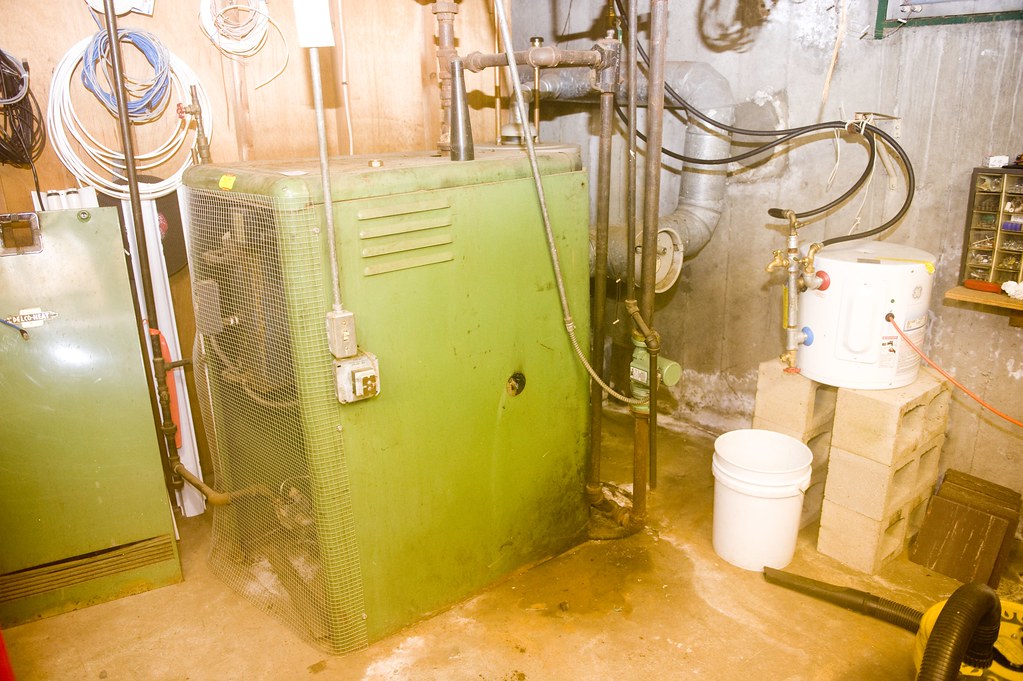Photo: Flickr/kimubert
These are things a home buyer or seller will likely see inspected -- there will be variables depending on inspectors and locations.
- Structural Elements - this looks at the construction of walls, ceilings, roof and foundation. Your inspector does not have X-ray vision, so don't anticipate that they will be able to see through solid surfaces.
- Exterior - landscape, grading, elevation, drainage, driveway, fencing, sidewalks, fascia, trim, doors, windows, lights and finally siding or exterior of the house.
- Garage - standard items to evaluate include slab, walls, ceiling, vents, entry, firewall, fire door, garage door, automatic openers, lights, receptacles, exterior, windows and roof. We check to be sure the auto-reverse on the garage door works and doesn't require too much pressure to go back up.
- Roof and Attics - your inspector will look at framing, ventilation, roof construction, flashing and gutters. In Minnesota, we look at how much insulation is in the attic too. We also look at damage from incorrectly vented fans, plumbing and more.
- Plumbing - Check to make certain metal matches and there are no other dissimilar materials that would be a problem, evaluate pipe materials for potable, waste, vent and drain pipes. Check toilets, sinks, showers, faucets and traps. Don't expect that your inspector will be inspecting sewer or septic, those, like swimming pools and spas, are usually not covered.
- Mechanicals - this means the water heater, furnace, air-conditioning, duct work, chimneys and fireplaces. Some inspectors will inspect sprinklers, but many do not.
- Electrical system - your inspector should look at and evaluate the main electrical panel, circuit breakers, type of wiring, if wires are grounded, receptacles and switches, permanent light fixtures and ceiling fans. We also inspect bathroom fans which would be considered an electrical element.
- Appliances - it will depend on your inspector on whether these are looked at. Dishwasher, range, oven, built-in microwave, garbage disposal, some detectors and CO2 detectors.
Our inspections start at $200, call for more information.



